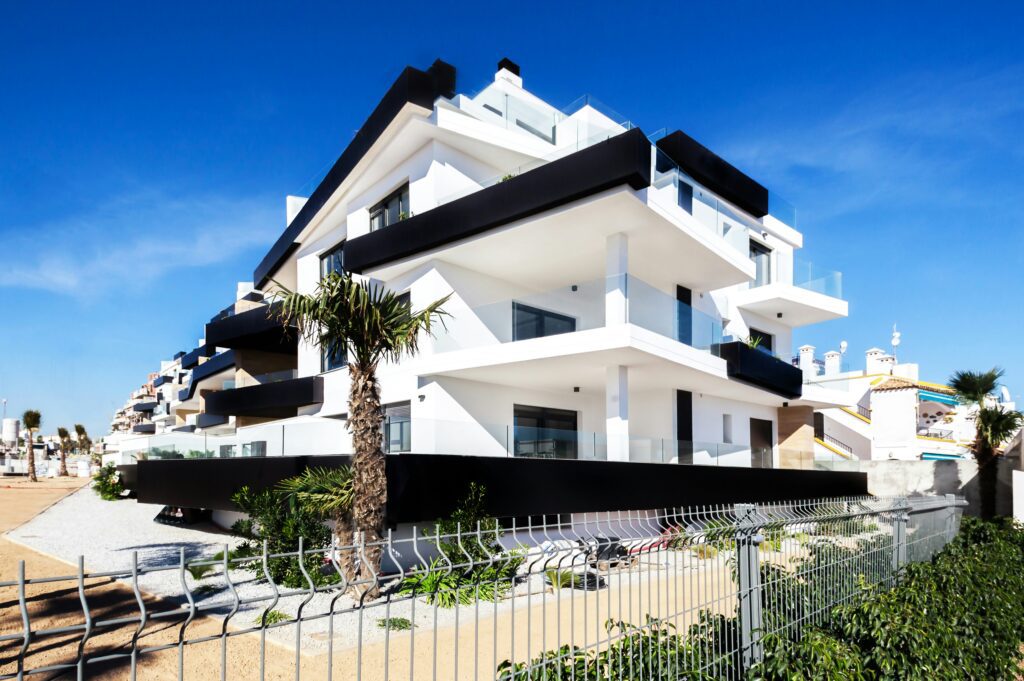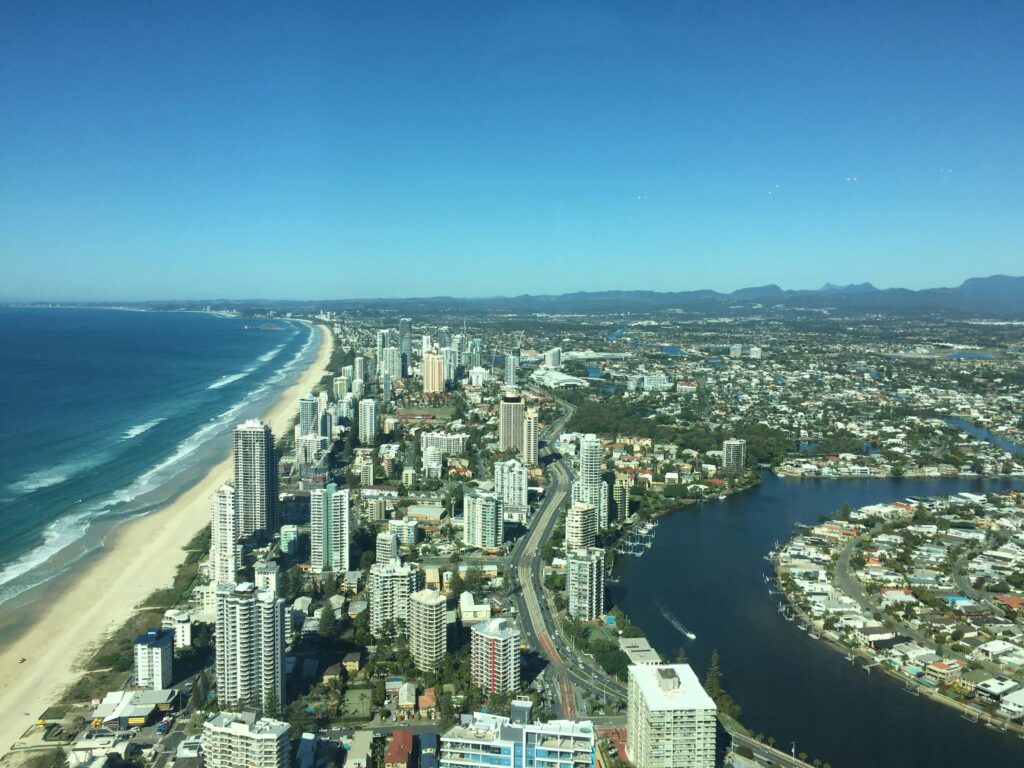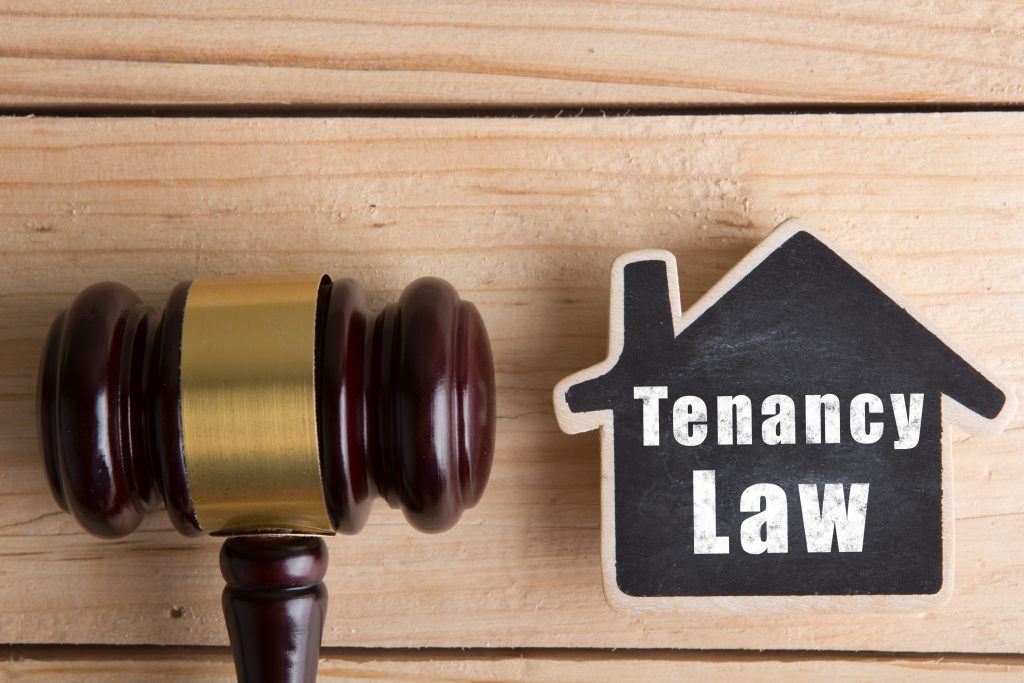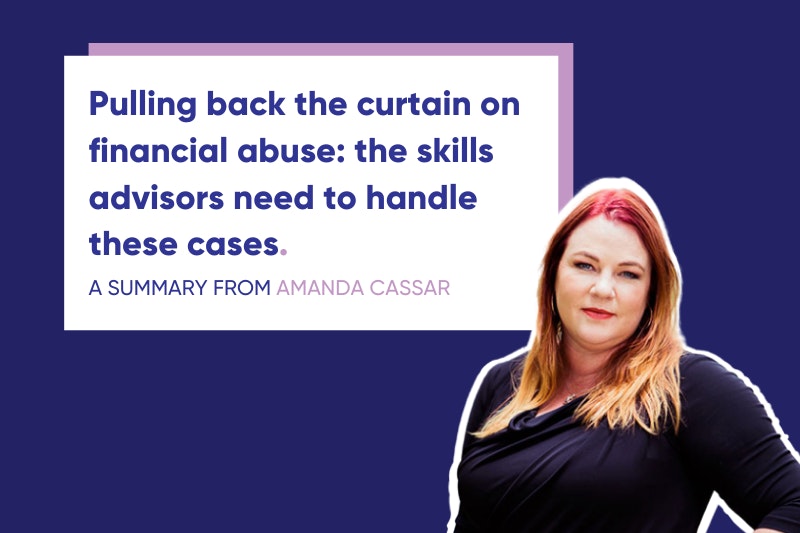With private school fees rising each year, it pays to start saving early.
Most parents believe a good education is an investment in their child’s future. But with the total cost of a private-school education approaching up to $500,000, finding a way to fund that investment can be daunting.
“Our research shows that sending children to private school is the second-biggest financial concern for parents, behind ensuring quality healthy food is on the table, so we know this is a top priority for many families,” says ANZ managing director, products and marketing, Matt Boss.
Annual tuition fees for elite Sydney and Melbourne private schools are close to $30,000 a year, but that is just the beginning. Parents can expect to pay significantly more when extracurricular activities, uniforms, laptops and other necessities are added in.
According to the Australian Scholarships Group Friendly Society, the total cost of sending a child born in 2015 to private school from kindergarten through to year 12 is $456,933. That’s a national average. You will pay more in Sydney and Melbourne, but less elsewhere.
Key tips
- Work out exactly how much you’ll need to pay for school fees using ANZ School Ready.
- Talk to a financial adviser about an investment strategy that works for you.
- Open a share-investing account to begin your investment journey.
“I liken it to retirement – you can’t start saving five years out if you want to meet your aspirations,” says John Velegrinis, chief executive of the society. “We advocate starting early with at least a small amount and increasing savings as time goes on.”
ANZ research showed only one in 10 parents start an education savings plan when their children are young.
ANZ commissioned the research as part of the launch of ANZ School Ready, an interactive tool to help parents forecast the true cost of sending children to various schools around the country.
“While not everybody wants to send their children to private schools, the site allows parents to forecast the true cost of those schools and helps them better plan for one of the most important investments they will make,” says ANZ’s Boss.
ANZ research showed 46 per cent of parents identified a savings account as the key form for funding private schooling. But with most savings accounts and term deposits paying interest below 3 per cent – and that’s before you pay tax on the income at your marginal rate – it pays to consider the alternatives.
Your mortgage
Using the redraw or offset account attached to your home loan is a simple solution. Even when interest rates are low, as they are now, any savings you park in your mortgage earn an effective after-tax return equal to your home loan interest rate. According to Canstar Research the most competitive variable home loan rates are currently a bit below 4 per cent, which is well ahead of inflation and bank account interest rates.
Investment portfolio
Parents with a longer time frame might consider investing in managed funds. The easiest way to build a diversified portfolio of assets including exposure to local and international shares, property, fixed interest and cash is via managed funds. Some managed funds even allow you to set up a regular savings plan. If it sounds complicated, speak to a financial planner. And invest in the name of the parent expected to be on the lower tax bracket to maximise the after-tax outcome.
Insurance bonds
Personal finance commentator Noel Whittaker says insurance bonds can be a tax-effective choice, especially for parents on higher incomes with a time horizon of at least 10 years. Rather than hold investments in your own name where earnings may push you into a higher tax bracket, investment earnings from insurance bonds are taxed inside the bond at the corporate rate of 30 per cent. This means you don’t need to account for them in your annual tax return.
And grandparents can invest in the bonds without affecting their pension entitlements. Insurance bonds can also be transferred to the kids at any time with no capital gains tax.
Education savings plans
Specialist education funds allow you to make regular payments or a one-off lump sum. There are funds designed for primary, secondary and post-secondary education. Velegrinis says returns have averaged around 5 per cent over the past three years.
As these funds are registered as educational scholarship plans they attract tax benefits that are passed on to families.
While the cost of private school education can seem prohibitive, many parents save money by sending their children to local, public primary schools before going private for their secondary education. Religious systemic schools may also be a financially attractive alternative.
Whatever school you choose, the sooner you begin a savings plan the easier it will be on your household budget.




 January 18, 2025
January 18, 2025 




















